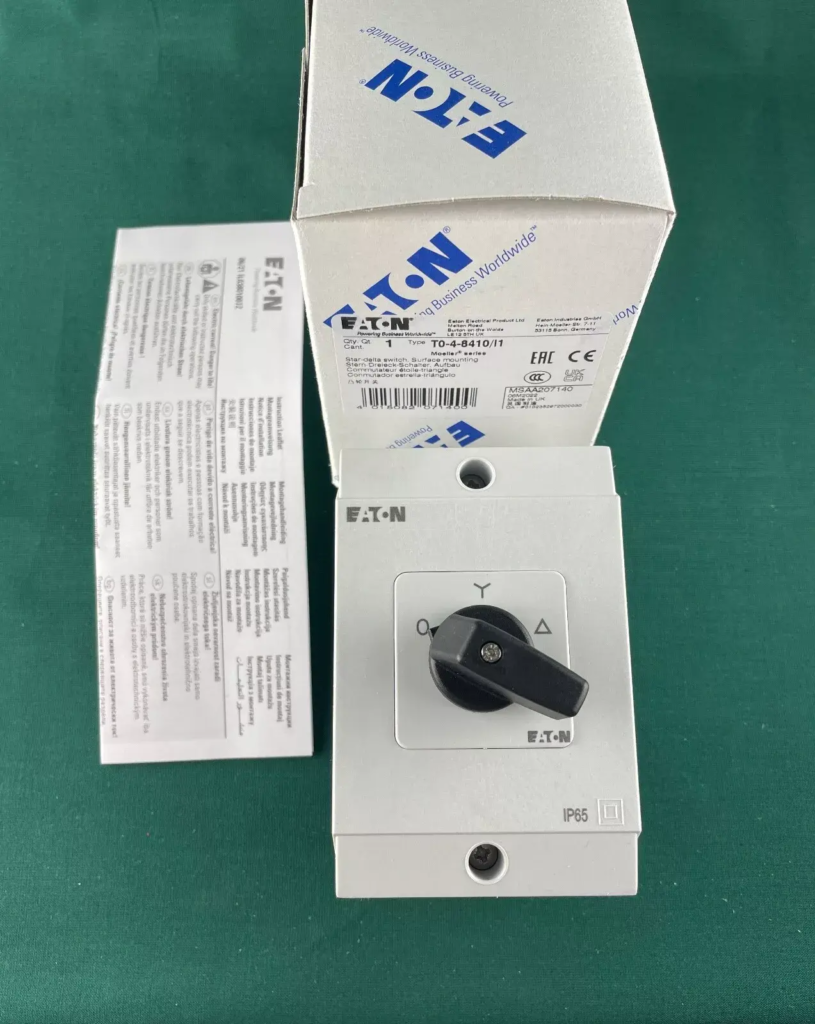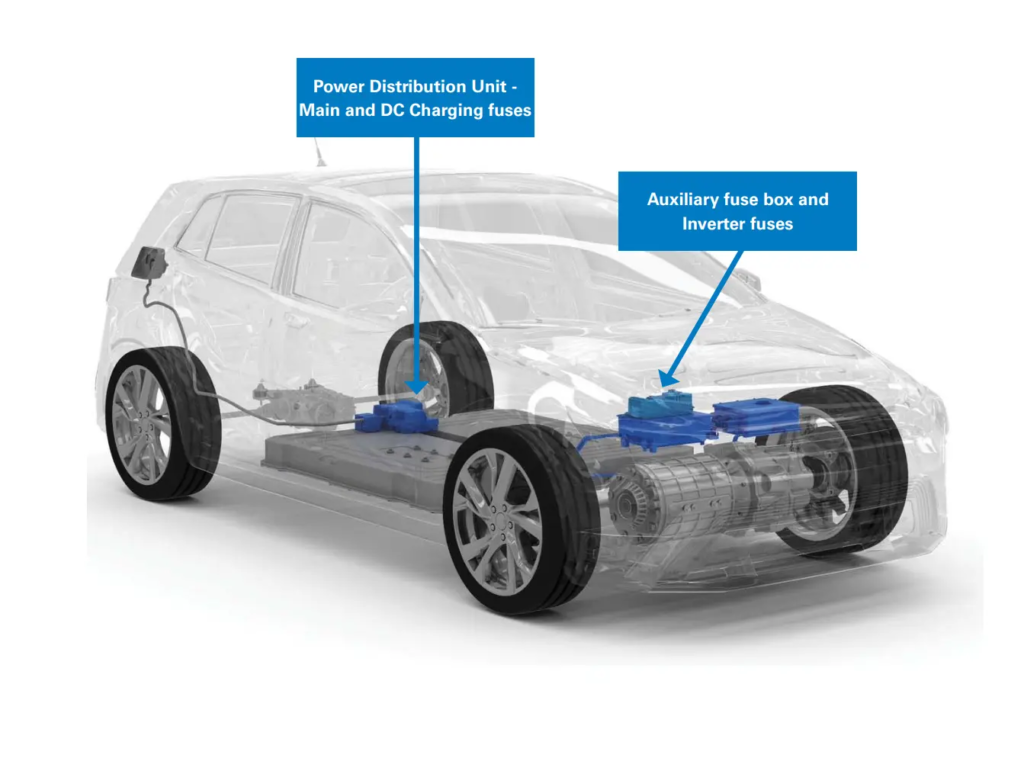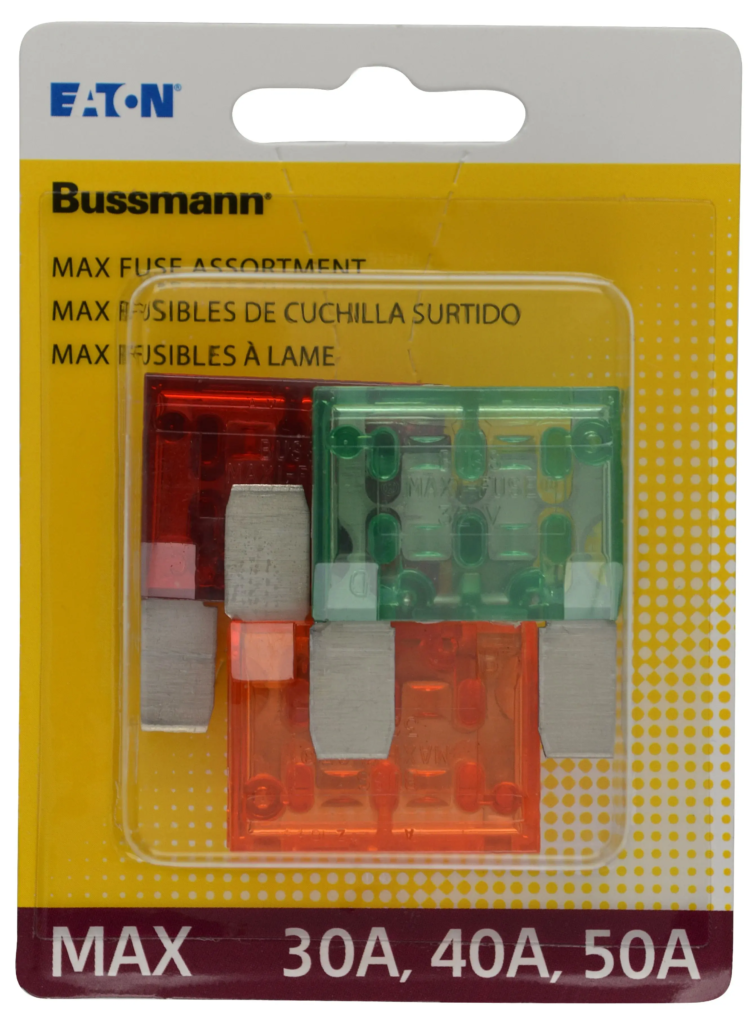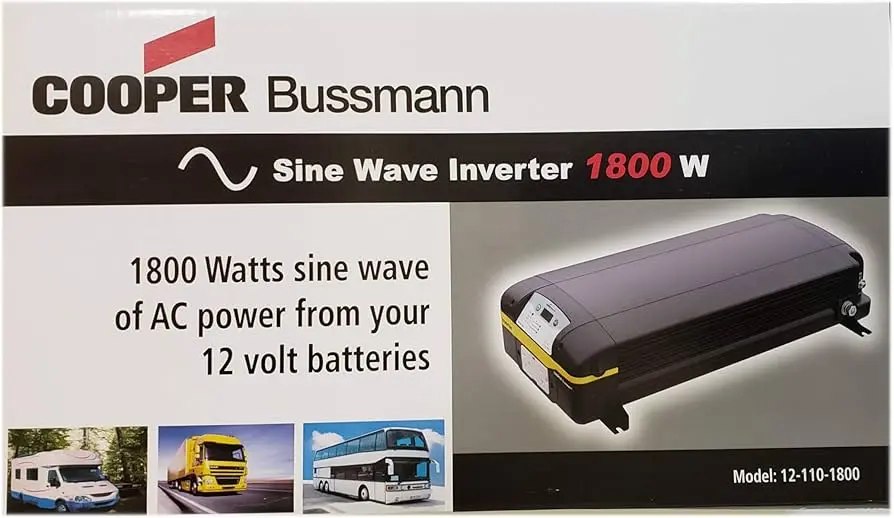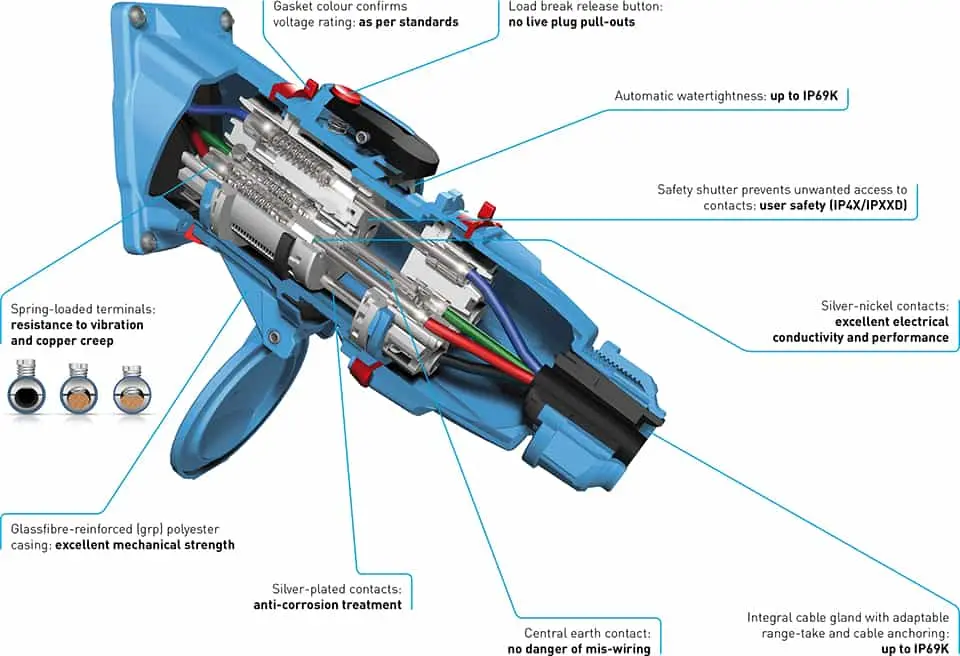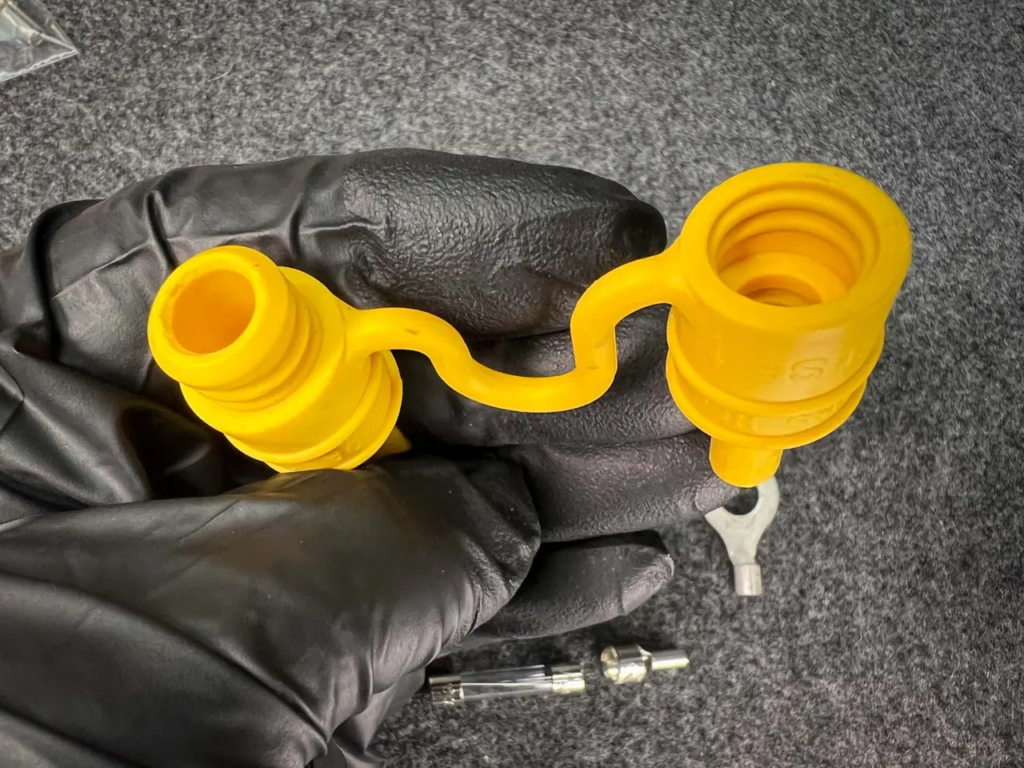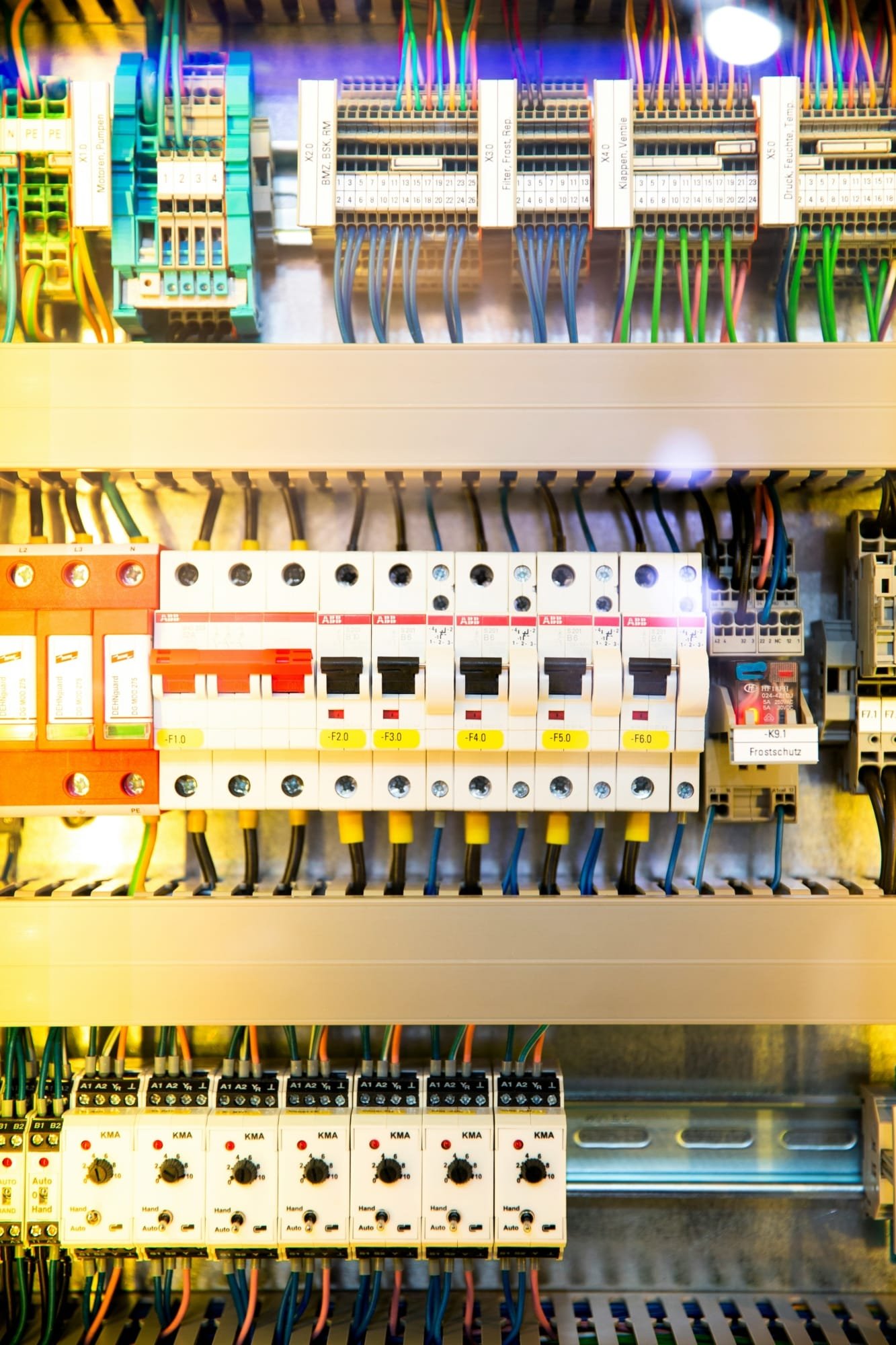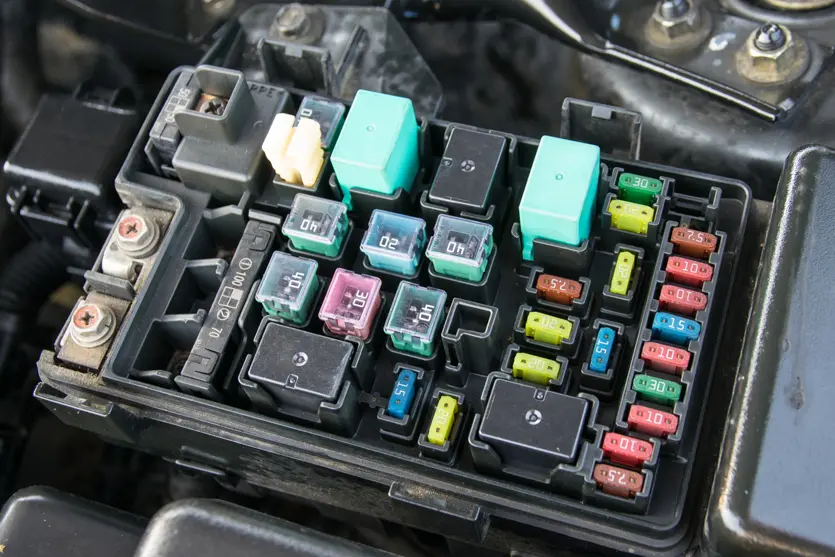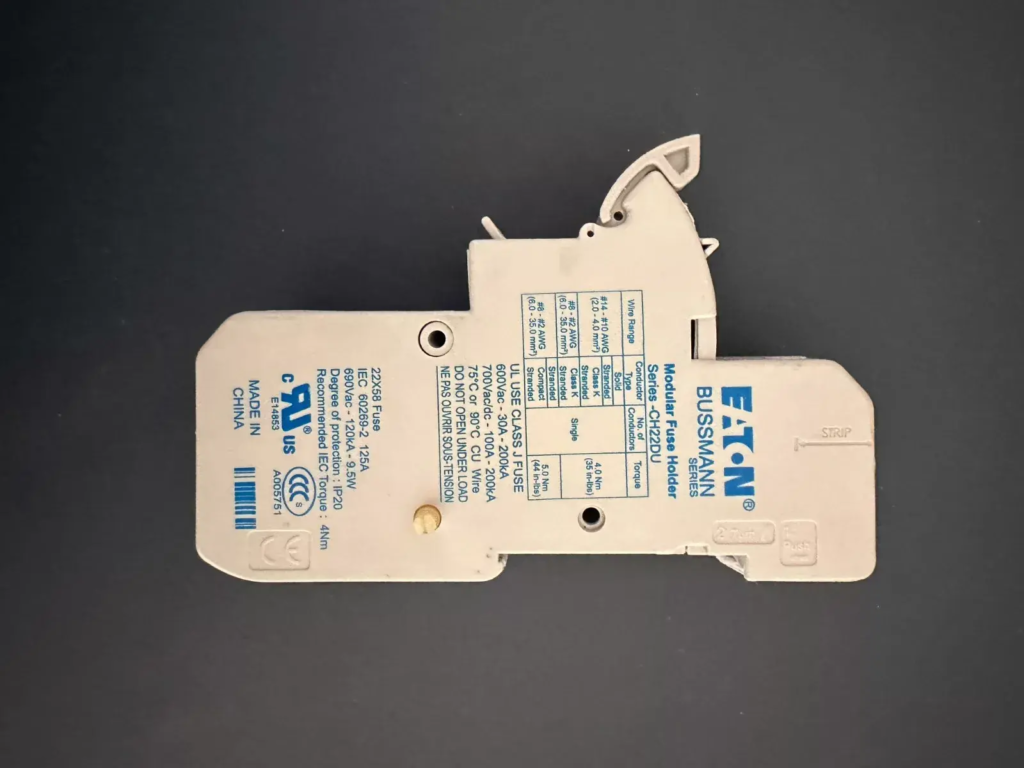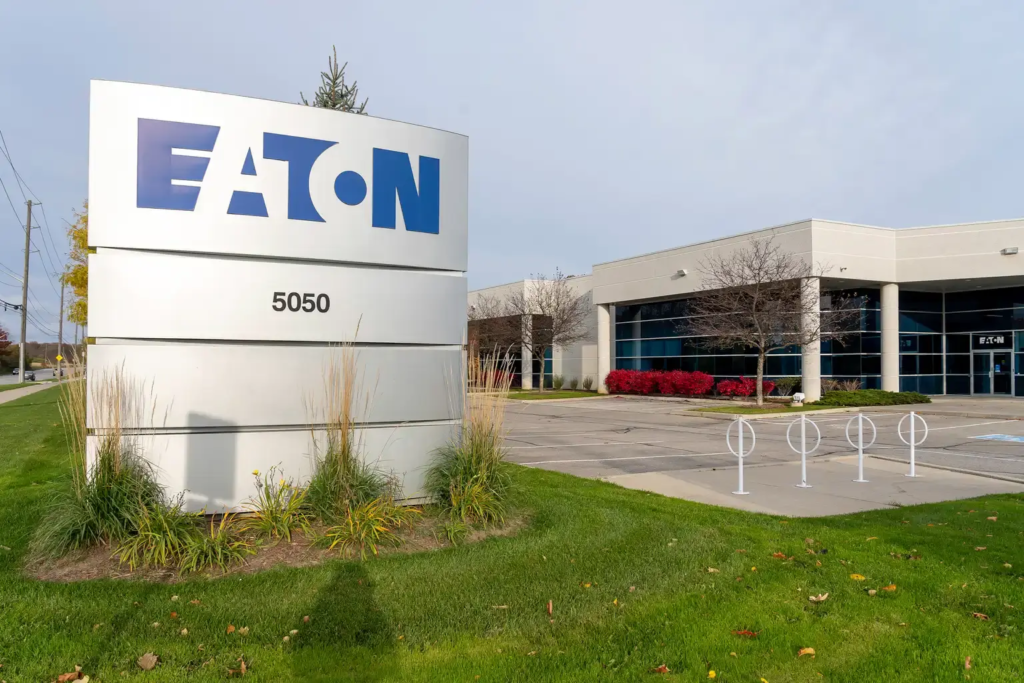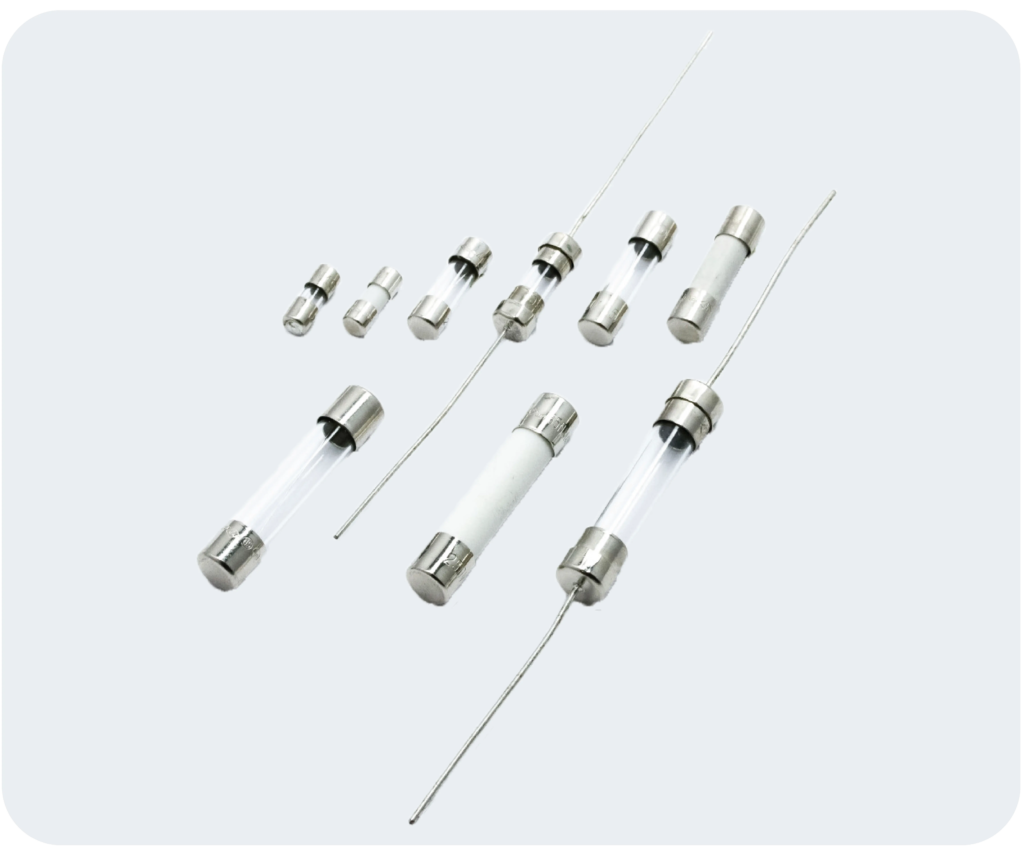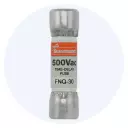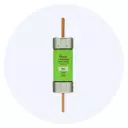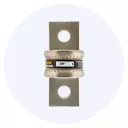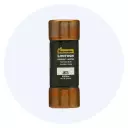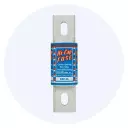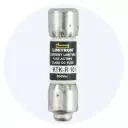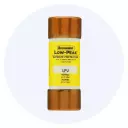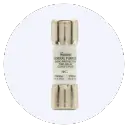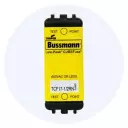Blog
Fuse Introduction: Working Principle & Selection Factors
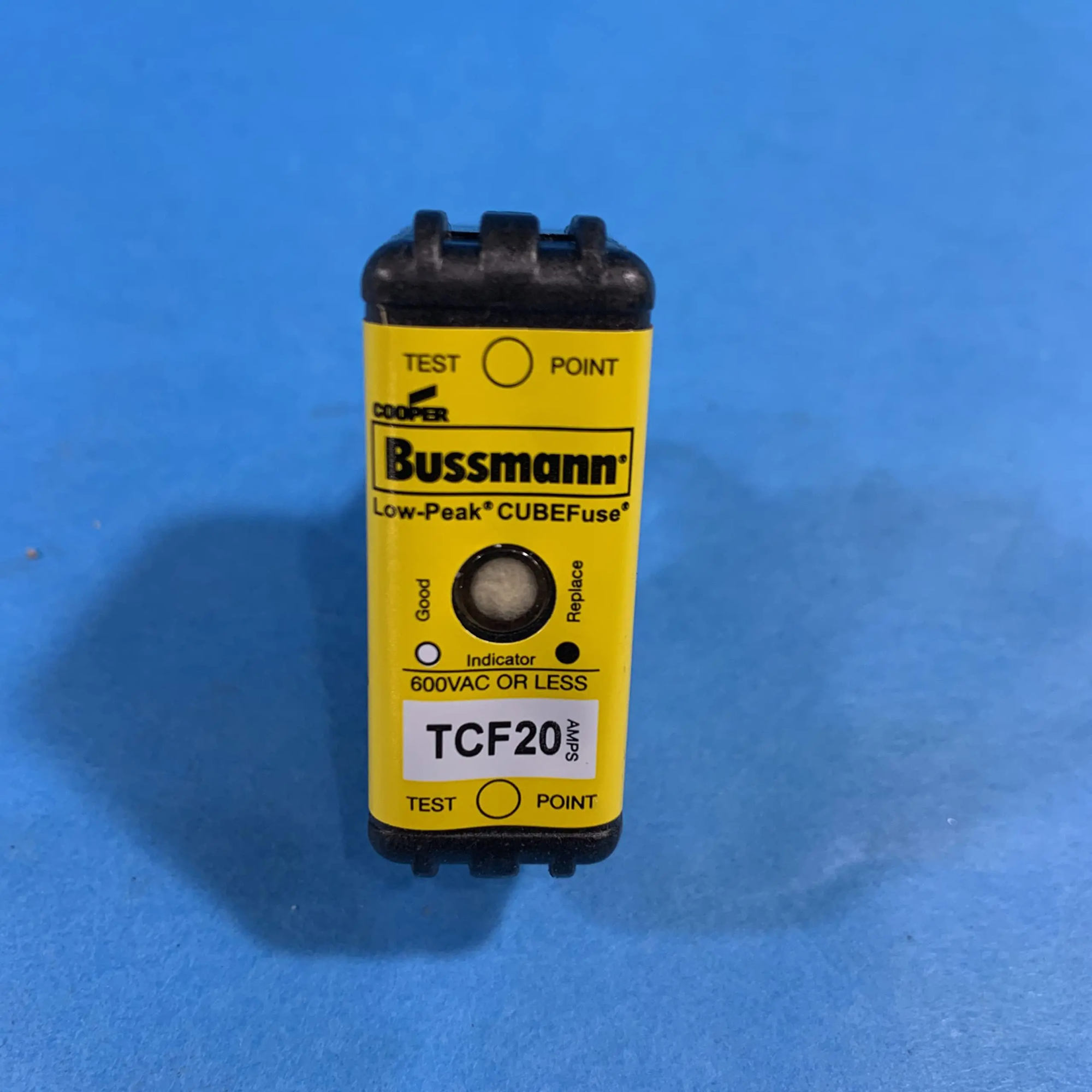
Fuse Introduction: The Unsung Heroes of Electrical Safety
Fuses are crucial components in electrical systems, acting as silent guardians that protect circuits from overcurrent and overload. This article delves into the world of fuses, exploring their functions, principles, types, and selection criteria.
The Role of Fuses in Electrical Circuits
Primary Functions
- Normal operation: Fuses serve as connectors in electrical circuits.
- Abnormal conditions: Fuses act as safety devices, melting to safely disconnect and protect the circuit during overloads.
Working Principle
When a fuse carries current, it generates heat. Under normal conditions, this heat dissipates to the environment. However, during an overload, the accumulated heat causes the fuse element to melt, breaking the circuit and protecting connected devices.
Types of Fuses
By Physical Dimensions
Fuses come in various sizes, including φ2, φ3, φ4, φ5, and φ6.
By Time-Current Characteristics
- Fast-acting
- Medium time-delay
- Time-delay
By Breaking Capacity
- Low breaking capacity
- High breaking capacity
By Safety Standards
- UL/CSA (North America)
- IEC (China, Europe)
- MIT/KTL (Japan/Korea)
Key Terminology in Fuse Technology
Rated Current
The nominal working current of a fuse under normal conditions.
Rated Voltage
The maximum voltage a fuse can safely withstand when interrupting a circuit.
Breaking Capacity
The maximum current a fuse can safely interrupt without causing hazards.
Overload Capacity
The maximum overload current a fuse can withstand for a specified time without melting.
Time-Current Characteristic
The relationship between the current applied to a fuse and the time it takes to melt.
I²t Value
The nominal energy required to melt and partially vaporize a fuse.
Voltage Drop
The voltage difference across a fuse under steady-state conditions.
Temperature Rise
The difference between the fuse surface temperature and the initial temperature under specific current conditions.
Safety Standards and Markings
UL/CSA Standards
- UL/CSA LIST
- UL/CSA RECOGNIZED
JIS Standards
- T mark
- PSE mark
KTL Standards
- K mark
IEC Standards
- CCC (China)
- SEMKO (Sweden)
- VDE (Germany)
- BSI (UK)
- IMQ (Italy)
Factors Affecting Fuse Lifespan
Operating Environment Temperature
High temperatures can significantly reduce fuse lifespan due to diffusion, oxidation, and thermal stress.
Pulse Currents
Repeated pulse impacts can accelerate fuse aging through thermal cycling.
Other Factors
Contact resistance with fuse holders and the length and cross-sectional area of connecting wires can impact fuse performance.
Fuse Selection Guidelines
Step-by-Step Selection Process
- Determine required safety certification
- Choose appropriate fuse dimensions
- Select fuse type based on circuit characteristics
- Determine rated voltage
- Calculate minimum rated current
- Determine minimum I²t value
- Finalize fuse rated current
Common Applications of Different Fuse Types
Fast-Acting Fuses
Suitable for circuits with relatively constant current or small surge currents.
Time-Delay Fuses
Ideal for circuits with normal surge currents and no shock-sensitive components.
High Breaking Capacity Fuses
Used in circuits where large short-circuit currents may occur.
Important Considerations When Using Fuses
- Ensure the fuse’s rated voltage exceeds the protected circuit’s input voltage.
- Apply appropriate derating factors based on standards and operating conditions.
- Consider environmental temperature effects on fuse performance.
- Match fuse breaking capacity to potential short-circuit currents in the protected circuit.
- Ensure surge I²t of the protected circuit is less than 20% of the fuse’s rated I²t.
Conclusion
Fuses play a critical role in electrical safety, protecting circuits and devices from potential damage due to overcurrent and overload conditions. Understanding fuse characteristics, selection criteria, and proper application is essential for designing safe and reliable electrical systems.

